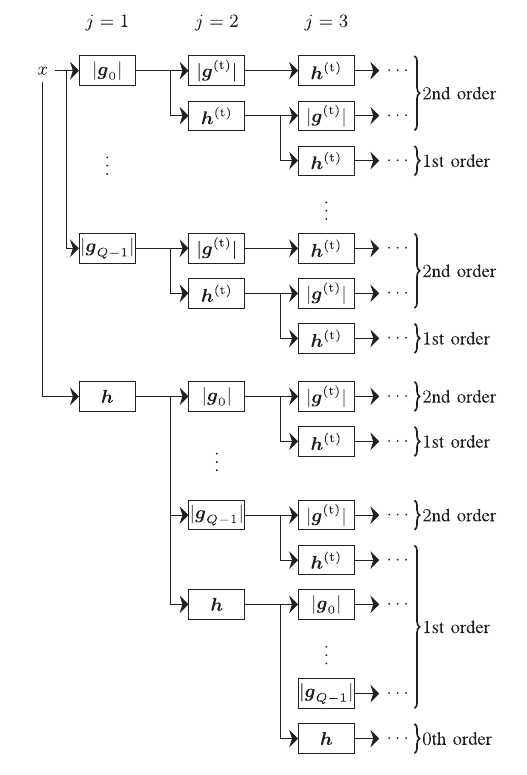Postdoctoral position
Machine learning for time series analysis

Deadline: December 9, 2021
Contact: janden@kth.se
Machine learning methods are solving a wide range of practical problems but it is not always clear how this impressive performance is obtained. This becomes problematic when applying such methods to sensitive tasks with the potential for serious real-world consequencies, such as in finance and medicine.
This postdoc will develop interpretable machine learning methods for time series, such as financial and medical signals. The work will draw on scattering transforms (a convolutional neural network with fixed weights) [1–7] and principal component analysis from partial measurements [8–11], tools which achieve state-of-the-art performance on various tasks yet are structured enough to enable theoretical analysis. The expected outcome of the project is the development of powerful new data-driven methods for time series analysis with an accompanying theoretical framework.
This postdoc is part of a larger project within the Department of Mathematics at KTH whose goal is to explore and exploit recent developments in machine learning and artificial intelligence to solve problems in financial mathematics. As such, the postdoc will include close collaboration with other members of the department but also internationally.
[2] Joakim Andén and Stéphane Mallat. Deep scattering spectrum. IEEE Transactions on Signal Processing, 62(16):4114–4128, 2014.
[3] Joakim Andén, Vincent Lostanlen, and Stéphane Mallat. Joint time–frequency scattering. IEEE Transactions on Signal Processing, 67(14):3704–3718, 2019.
[4] Václav Chudáček, Joakim Andén, Stéphane Mallat, Patrice Abry, and Muriel Doret. Scattering transform for intrapartum fetal heart rate variability fractal analysis: A case-control study. IEEE Transactions on Biomedical Engineering, 61(4):1100–1108, 2014.
[5] Joan Bruna and Stéphane Mallat. Multiscale sparse microcanonical models. Mathematical Science and Learning, 1(3/4):257–315, 2018.
[6] Roberto Leonarduzzi, Gaspar Rochette, Jean-Phillipe Bouchaud, and Stéphane Mallat. Maximum- entropy scattering models for financial time series. In IEEE International Conference on Acoustics, Speech and Signal Processing (ICASSP), pages 5496–5500. IEEE, 2019.
[7] Antoine Brochard, Bartlomiej Blaszczyszyn, Stéphane Mallat, and Sixin Zhang. Particle gradient descent model for point process generation. arXiv preprint arXiv:2010.14928, 2020.
[8] Eugene Katsevich, Alexander Katsevich, and Amit Singer. Covariance matrix estimation for the cryo-EM heterogeneity problem. SIAM J. Imaging Sci., 8(1):126–185, 2015.
[9] Joakim Andén and Amit Singer. Structural variability from noisy tomographic projections. SIAM Journal on Imaging Sciences, 11(2):1441–1492, 2018.
[10] Amit Moscovich, Amit Halevi, Joakim Andén, and Amit Singer. Cryo-EM reconstruction of contin- uous heterogeneity by Laplacian spectral volumes. Inverse Problems, 36(2):024003, 2020.
[11] Joakim Andén and Amit Singer. Factor analysis for spectral estimation. In 12th International Conference of Sampling Theory and Applications, Tallinn, 2017 (SampTA2017), Tallinn, Estonia, July 2017.